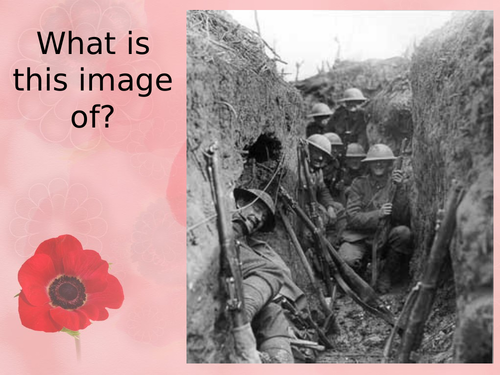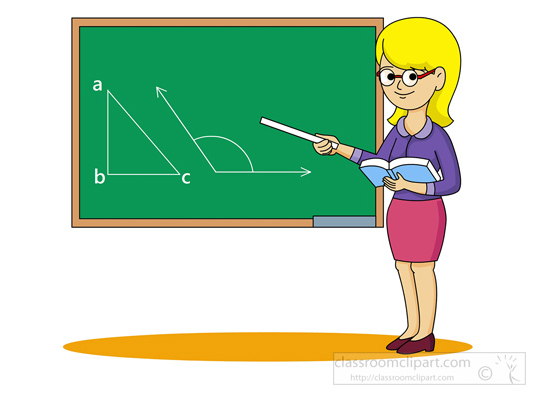407Uploads
124k+Views
41k+Downloads

1000 questions Counting Patterns Mathematics KS2 Calculator Use
Please check my bundles for better value.
1000 questions on counting patterns.
All answers provided.
Pupils have to, for example, count by 6 from 7 to 61

1000 Questions Counting Tables KS2 Fill in the Squares Mathematics
1000 questions where pupils have to fill in a counting square.
e.g. count by 2 from 8 to 56
All answers provided.
Good for drilling or time filling.
Each square is 5 by 5.

1000 Questions Addition Mathematics KS1 Adding Up
1000 questions with answers.
Pupils have to add up either 3 or 4 numbers under 10.

Bundle 1000 questions advanced additiob plus 1000 questions advanced division1000 Questions Advanced Division
A bundle.
1000 questions on advanced addition.
Plus 1000 questions on advanced division.
All answers provided.
Bundle

Bundle Coins Worksheets plus fractions
A bundle.
Questions on Coins plus fractions.
Good value.
Teaching Resources 100 worksheets Coins KS1 Teachers Counting KS1 KS2
Equivalent Fractions 100 Worksheets with Answers Maths
Half a million (500000) Fractions Questions Worksheets KS2 Mathematics Maths
Bundle

Bundle Coins Worksheets 15000 Australian 50000 American Coins
Bundle
15000 questions on Australian coins
50000 questions on American coins
Please see my shop for full details.
Bundle

Bundle 11+ Prep Antonym Synonym Letter Patterns Vol 1
Bundle.
Good value.
Please look at my shop for details.
Bundle

Mega Bundle Coins British European American Australian Maths
Mega bundle.
Please see my shop for individual listings and details.
Worksheets for people around the world.
Add the coins.
All answers provided.
Bundle

Mega Bundle Mathematics Pythagoras Algebra Equations Fractions
Mega bundle.
Please see my shop for details.

Black History Month Martin Luther King Powerpoint
A powerpoint of the great MLK.
Excellent for Black History Month.

Black History Month Aborigines Two powerpoints Aboriginal Art Worksheets
Celebrate Black History Month with two excellent powerpoints and some great worksheets.
Lots of great info on Aboriginal art.
Kids of all abilities will love this.
Absorbing and great for afternoon art work.

Gandhi Four Weeks Literacy Lesson Matilda Roald Dahl Grammar Year 6
Four Weeks Gandhi work. Plus stuff on Roald Dahk Matilda.
All on word documents.
lots of great ideas.
A few other goodies thrown in for good measure.
Plenty of grammar as well with some great powerpoints.
the zip file contains loads. I have uploaded a few examples too so you get the feel.
sample planning :
L.O: Understand who Mahatma Gandhi was.
Success Criteria
Use limited information to deduce and infer.
Describe why Mahatma Gandhi was so well known and influential.
Consider what you would like to find out about him.
Start by showing the phrase ‘An eye for an eye makes the whole world blind.’ In table groups discuss what you think this means and what type of person you think may have said it.
Feedback, discuss and put on working wall.
Reveal that it was a man called Mahatma Gandhi who said this.
Show the trailer to ‘Gandhi’ DVD (1982).
All groups to complete a KWL grid.
What do I know?
What do I want to know?
What have I learnt?
APP links:
L.O: Use L5 adjectives to analyse a real character from history.
Success Criteria Take useful notes on a subject.
Generate L5 adjectives and phrases.
Use alliteration if possible.
Use PowerPoint to discuss Gandhi’s life further – children to make notes in SODA books.
Give each pair a minute to decide on one fact they think should be on working wall.
Make notes on working wall about his life to include:
Helped free Indian people from British Rule
Non violent protest based on courage and truth
Different ways of protesting
Started in South Africa then India
Governments were forced to listen to him and negotiate
Encouraged people to make their own resources rather than buying British.
Used fasting as a protest and a penance
Spent time in prison
Is known as the ‘Father of the Nation’
Birthday is a public holiday in India. Children to have a picture of Gandhi in the middle of their page.
Annotate with L5 adjectives and phrases to describe him.
Fire group (AA): Extended by CN to include alliterative phrases that could be newspaper headlines of his life.
Water Group (A): Working independently.
Air group (BA): Supported by assistant.

Roman Assembly Short Play History Key Stage 2
A short play on the Romans.
Great for a quick ten minute assembly or a part of a fun lesson.

Remembrance Day Powerpoints with PDFs Worksheets info etc.
10 powerpoints on Remembrance day that you can adapt to suit your class.
Plus a dozen or so short pdfs and worksheets to do with Remembrance.
Plus an assembly. Adapt by putting in your kids names in the class.
There’s something for ks1 and ks2 kids here. I have adapted the powerpoint so you can choose ks1 or ks2.

RE Christmas lesson One Powerpoint and Planning Catholic Flavour
I’m putting up a series of lesson for Christmas.
RE themed.
Catholic flavour.
You get a nice powerpoint.
Plus some planning and worksheets.
I’ll put up the others if there is demand.

Anti Bullying Week Materials Citizenship Assemblies Powerpoints Word Documents
From my schools.
Anti Bullying week stuff.
Lots of powerpoints and word documents.
Great springboard for your ideas. Adapt for your school. Great for assemblies.

RE Christmas lesson Two Powerpoint and Planning Catholic Flavour Advent
Second in my series for Christmas.
Nice powerpoint and planning.

RE Christmas lesson Three Powerpoint and Planning Catholic Flavour
Lesson Three in my series on Advent and Christmas.
Nice powerpoint and planning

RE Christmas lesson Four Powerpoint and Planning Catholic Flavour
Lesson four in my nice Christmas unit.
Please look at the others to get the idea.
Nice powerpoint ion this one.

Science Interdependence Adaptation Food Chains Planning Year 5 and 6
Massive amount of planning.
Over a dozen powerpoints.
More than six documents.
More than a dozen word documents.
Example planning :
Pose the question – when we go into the supermarket, how can you find the things you want to buy?
Lead into a discussion about how similar things are put together. If you want apples, you go to the fruit and veg section; if you want ice cream you go to the freezer. It saves time and makes the shopping easier.
Scientists do a similar thing with living organisms. There are so many varied plants and animals, scientists need to keep dividing them into smaller groups to identify them.
How would they do this? What would they look for?
Explain that they look for similarities and differences to put the plants and animals into groups.
Explain that we talk about the ‘plant kingdom’ and the ‘animal kingdom’.
Animal Kingdom – how many different species of animals do the children think are on Earth? Take estimates.
800 000
They can be broadly broken into Vertebrates and Invertebrates.
Vertebrates have a backbone.
Invertebrates do not.
What group do humans fit into?
Activity One
Use PowerPoint to talk through each group and their characteristics.























